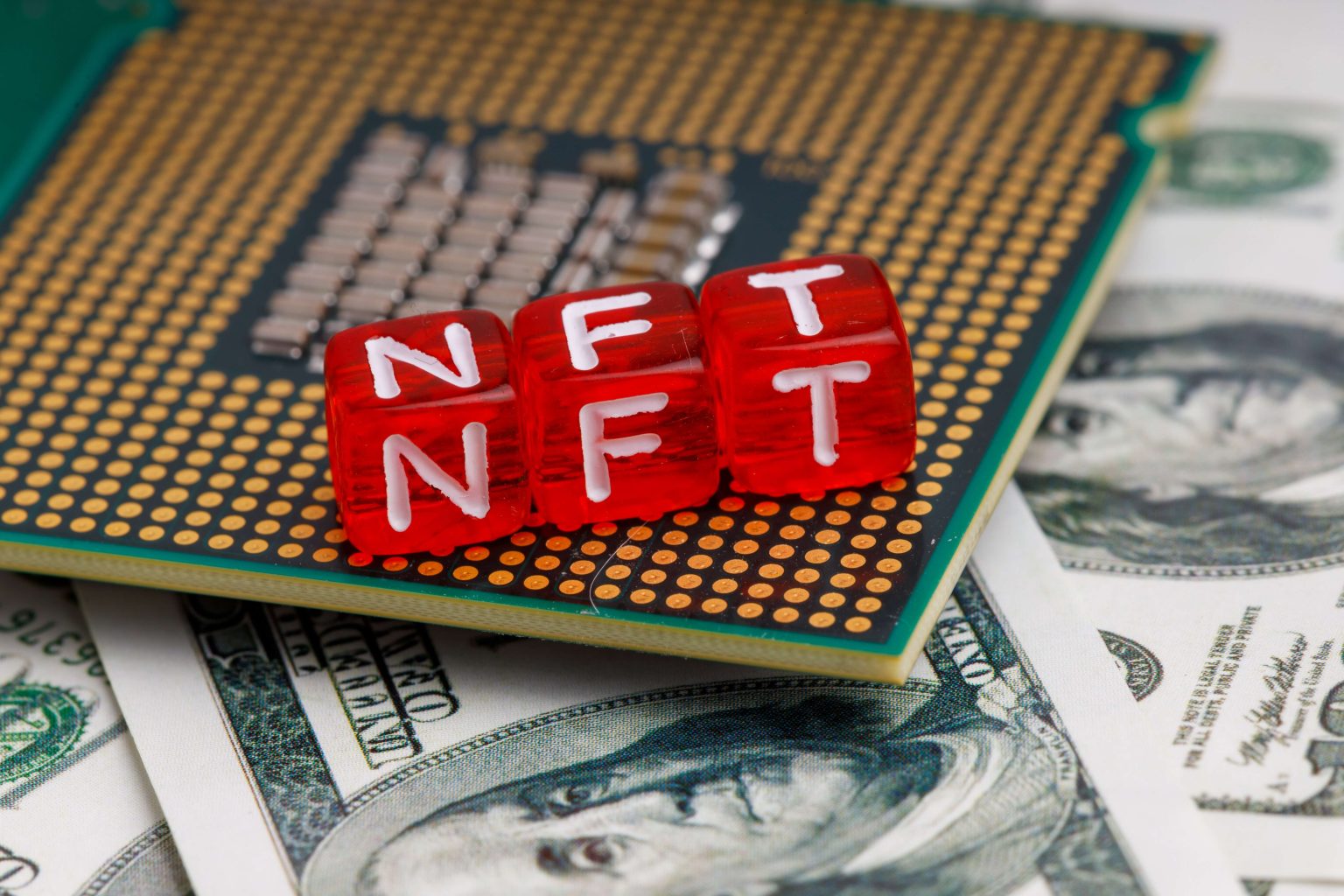Grimes announced the sale of her NFT, Nyan Cat (Flying Cat) for a whopping $6 million on March 21. Barely two weeks later, Christie’s cashed in $69 million to sell Beeple aka Mike Winkelmann’s The First=5000 Days’
Before we could wrap our minds around these deals, Twitter founder, Jack Dorsey, put up an autograph of his first tweet for sale. The tweet sold for $2.9 million on March 23, 2021.
Even now, several months since these deals have happened, and we are still seeing headlines of people paying massive amounts of money for things like clip arts of rocks, punks, seals, and Pepe the frog – yet some of us still don’t understand what an NFT really is.
What is a fungible asset?
Fungible items refer to goods or assets that are mutually interchangeable. For example, you can easily swap a dollar bill for another dollar bill of the same value. Another characteristic of a fungible asset is that you can easily divide them into smaller units without losing their value. For instance, if you can buy one pound of Wagyu beef with a hundred dollar note, I can get it with two fifty-dollar notes because whatever we offer is equal in value. Other examples of fungible assets include oil, gold, and boxes of oatmeal and cereal. All these items possess fungibility since they have identical values and properties to other items of the same kind.
Now that you know what fungibility is, let’s get back to Non-Fungible assets. These are assets whose individual units are non-interchangeable. Take an example of the famous Mona Lisa painting; it is one of a kind. Even though people may create an exact copy of the art today, we still know there is only one original Mona Lisa painting by Leonardo da Vinci (just not on the blockchain yet). Other non-fungible assets include a parcel of land, a diamond, baseball cards or even debt! These items have unique qualities that add or subtract value.
An NFT is a unique digital token on a blockchain network that represents ownership of individual (Non-Fungible) assets. The ownership of such assets can change by simply transferring the NFTs from one person to another. Think of it as a property deed, say for a parcel of land. Such deeds are not actual pieces of land, but they represent the piece of land. You can only prove the ownership of the ground when you own the deed. If you want to sell the land, you only have to transfer the deed.
What if someone steals or destroys my art?
It is possible that you can own an NFT, and the digital art is hosted somewhere else. You may wonder what will happen if they don’t pay their fees or they just pull the site down, and you can no longer access it on the web. There are a couple of solutions to this. One, you can mint your NFT and host yourself or with your trusted host. The second is to store the art embedded in the immutable blockchain network. Finally, you can use the IPFS (InterPlanetary File Service) to host the art. IPFS uses several computers to store a single art, meaning you can still access the art even if one host computer goes down.
Who uses NFTs?
NFTs have found their way into various industries, including music, sports, arts, Licenses and Certifications, TV Shows, Fashion, Ethereum Name Service, and Unstoppable Domains. Celebrities are bringing huge attention to the space currently. They are creating, exhibiting or displaying their favourite pieces and this is great for NFTs in general.
For more info on the latest Avalanche NFT Projects, give us a follow.
If you liked this article, you’ll love How To Cut A Banksy Into 10,000 Pieces




